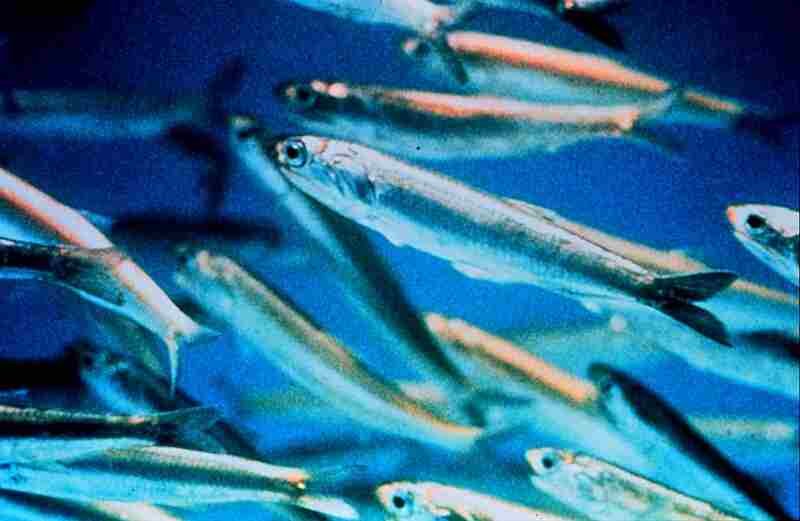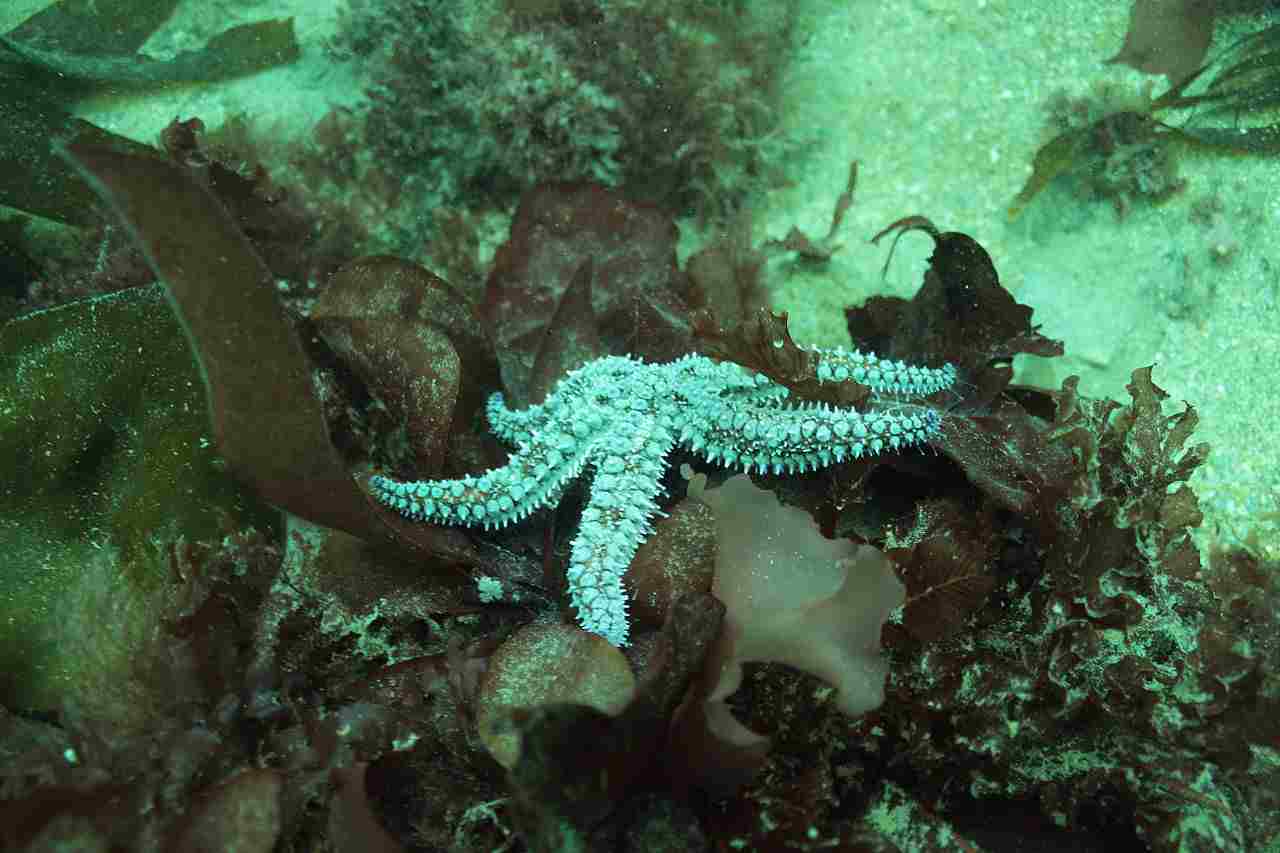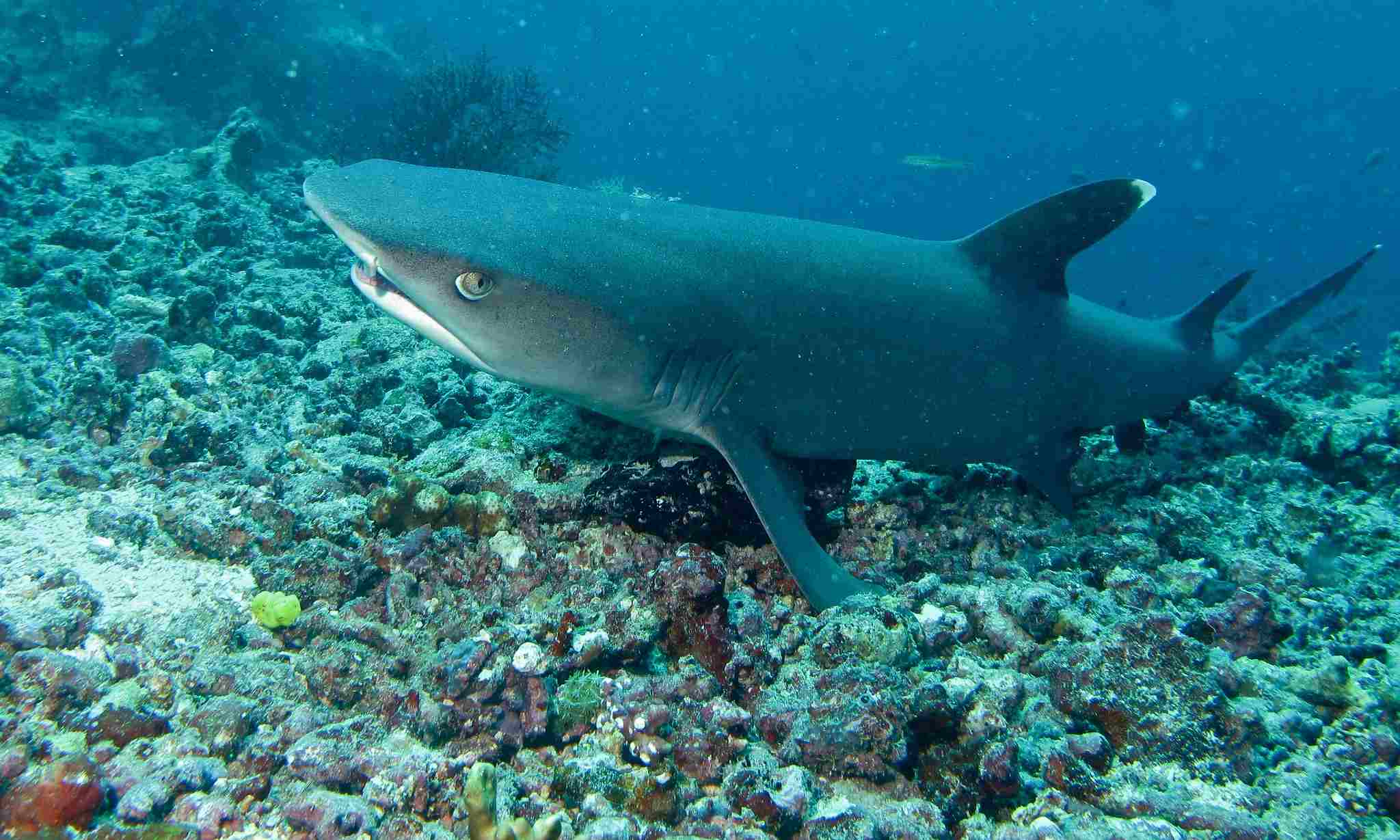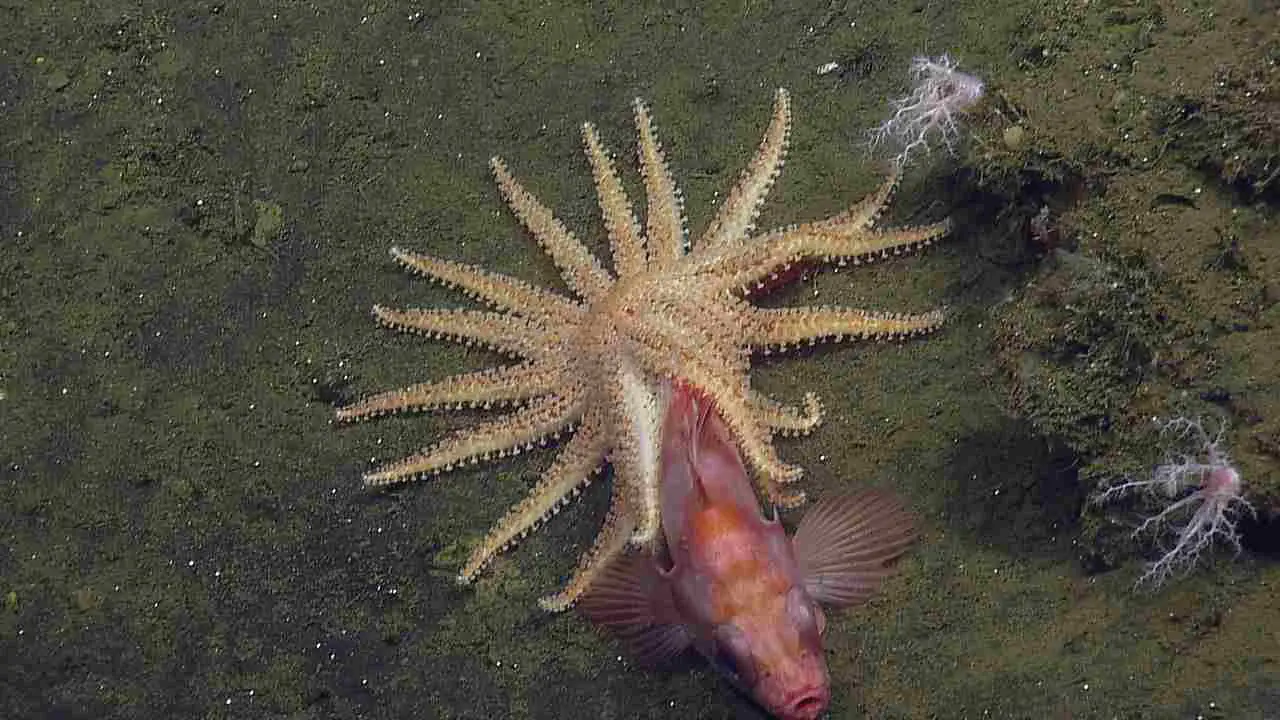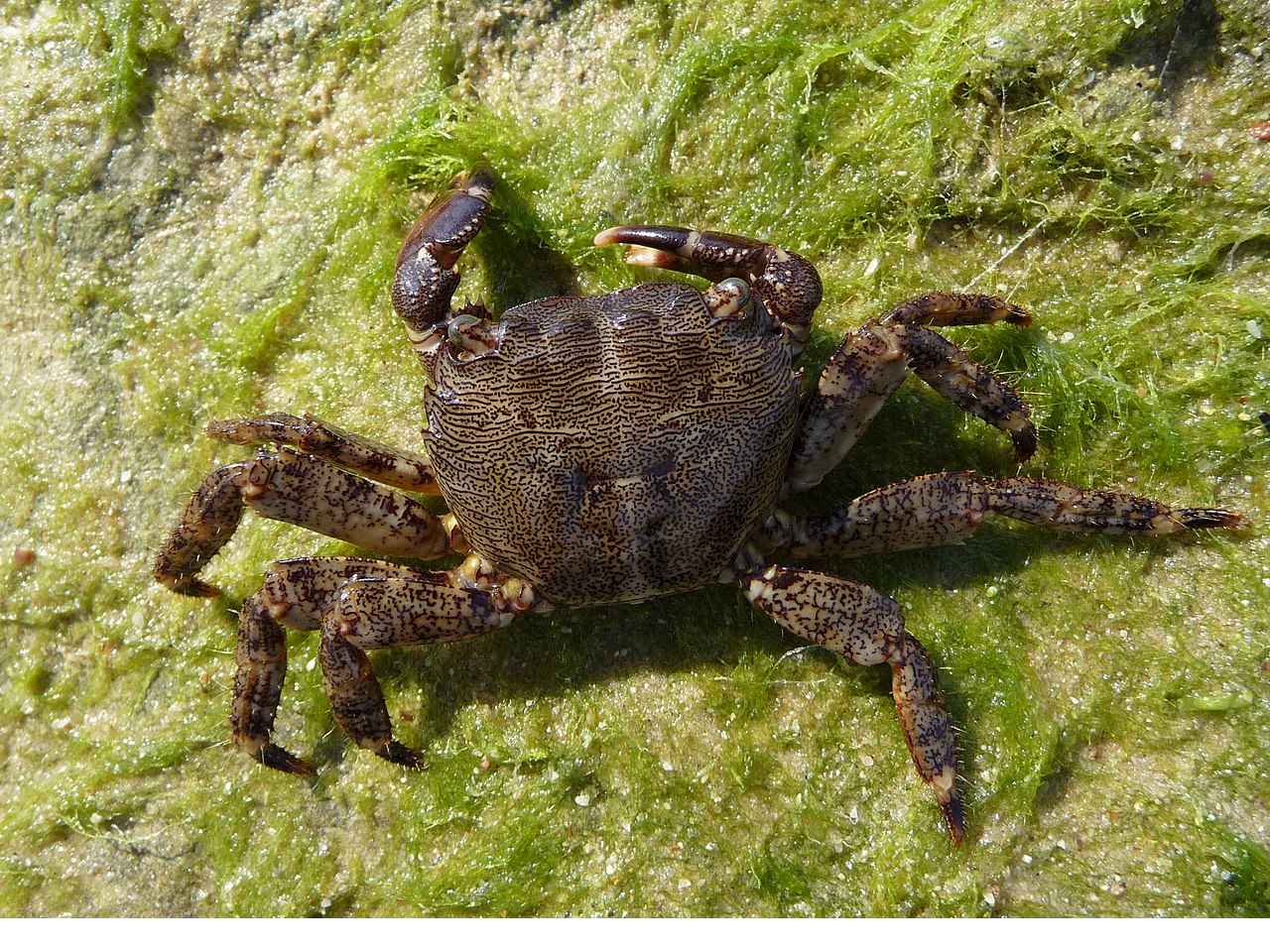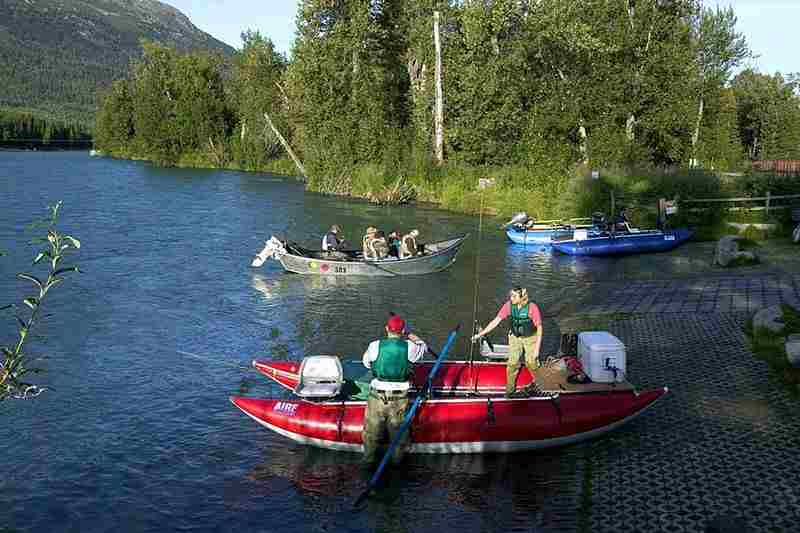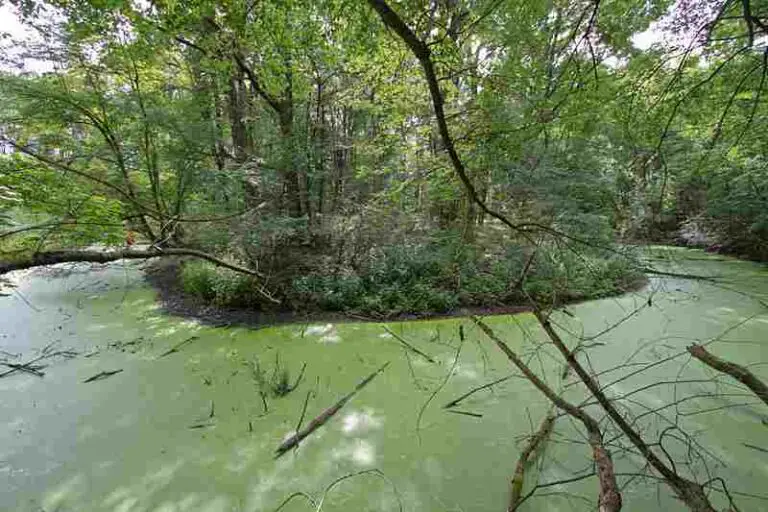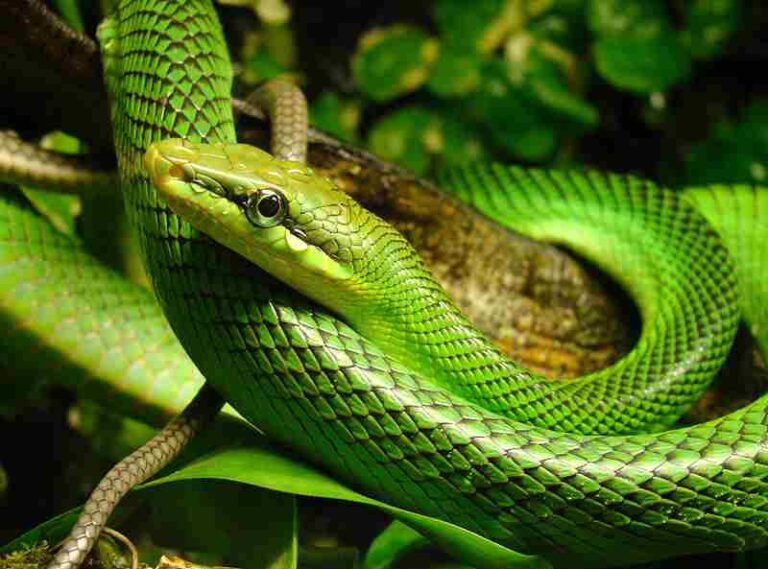9+ Scavengers In The Atlantic Ocean Discussed
Examples of scavengers in the Atlantic Ocean include hermit crabs, lobsters, shrimp, and starfish. These organisms play crucial roles in marine ecosystems by consuming decaying organic matter, such as dead animals and plant material, and contributing to nutrient cycling. However, scavenger populations face threats from habitat destruction, pollution, overfishing, and climate change. Conservation efforts are necessary to protect these important contributors to Atlantic marine ecosystems.
1. Hermit Crab
Hermit crabs, common inhabitants of the Atlantic Ocean, are fascinating scavengers renowned for their unique adaptation of utilizing empty shells as protective homes. Found in a variety of coastal and shallow-water habitats, these crustaceans scavenge for food primarily at night, utilizing their strong sense of smell to locate decaying organic matter and carrion.
Equipped with specialized mouthparts, hermit crabs feed on a wide range of organic materials, including dead fish, algae, plant matter, and even small invertebrates. They play a crucial role in the ecosystem by assisting in the decomposition process, recycling nutrients, and contributing to overall ecosystem health.
Despite their scavenging lifestyle, hermit crabs are not solely dependent on scavenged food. They are opportunistic feeders, known to also actively hunt for small prey and scavenge from other sources such as discarded food scraps and detritus.
Hermit crabs face various threats, including habitat destruction, pollution, and predation. However, their adaptable nature and ability to utilize a wide range of food sources contribute to their resilience in Atlantic ecosystems, making them an integral part of the marine scavenger community.
2. Lobster
Lobsters are iconic scavengers found in the Atlantic Ocean, renowned for their formidable claws and robust scavenging behavior. These crustaceans inhabit a variety of habitats, ranging from rocky shores to sandy bottoms, where they scavenge for food both during the day and at night.
As opportunistic feeders, lobsters consume a diverse array of organic material, including dead fish, mollusks, crustaceans, and decaying plant matter. Their powerful claws enable them to break open shells and access hard-to-reach food sources, making them efficient scavengers and predators in their ecosystems.
Lobsters play a vital role in maintaining the balance of Atlantic marine ecosystems by contributing to nutrient recycling and controlling populations of prey species. Despite their scavenging prowess, lobsters also actively hunt for live prey, displaying a versatile feeding behavior that ensures their survival in various environmental conditions.
However, lobsters face threats such as overfishing, habitat degradation, and climate change, which can disrupt their populations and impact their scavenging activities. Conservation efforts aimed at sustainable fishing practices and habitat protection are crucial for ensuring the continued presence of lobsters as important scavengers in the Atlantic Ocean.
3. Shrimp
Shrimp are ubiquitous scavengers found throughout the Atlantic Ocean, inhabiting diverse coastal and deep-sea environments. These small crustaceans play a significant role in marine ecosystems, contributing to nutrient cycling and serving as important prey for various predators.
As scavengers, shrimp feed on a wide range of organic material, including detritus, algae, dead animals, and plant matter. They are especially adept at scavenging within sediments, using their specialized appendages to sift through substrate and extract food particles.
Shrimp exhibit both solitary and social scavenging behaviors, with some species forming large aggregations to feed on abundant food sources such as decaying organic matter or carrion. Their ability to adapt to changing environmental conditions and utilize diverse food sources makes them resilient scavengers in the Atlantic Ocean.
Despite their ecological importance, shrimp populations face threats from overfishing, habitat destruction, and pollution. Sustainable management practices and conservation efforts are essential for maintaining healthy shrimp populations and preserving their role as key scavengers in Atlantic marine ecosystems.
4. Prawn
Prawns are another group of scavenging crustaceans commonly found in the Atlantic Ocean, inhabiting a variety of habitats ranging from shallow coastal waters to deep-sea environments. These small to medium-sized crustaceans play a crucial role in marine ecosystems as scavengers, consuming a wide range of organic material and contributing to nutrient recycling.
Prawns scavenge for food primarily at night, using their well-developed sense of smell and specialized appendages to locate and consume decaying organic matter, dead animals, and detritus. They are opportunistic feeders, capable of exploiting a diverse array of food sources depending on availability and environmental conditions.
In addition to scavenging, prawns also serve as prey for numerous marine predators, including fish, birds, and larger crustaceans. Their abundance and importance as both scavengers and prey make them integral components of Atlantic marine food webs.
However, prawn populations face threats from overfishing, habitat degradation, and pollution, which can impact their abundance and distribution. Sustainable management practices and conservation efforts are essential for ensuring the continued presence of prawns as important scavengers in the Atlantic Ocean.
5. Starfish
Starfish, also known as sea stars, are fascinating scavengers found in the Atlantic Ocean, known for their distinctive radial symmetry and diverse feeding habits. These echinoderms inhabit a variety of habitats, including rocky shores, coral reefs, and sandy bottoms, where they play important roles in marine ecosystems as both predators and scavengers.
While some species of starfish are primarily predators, feeding on mollusks, crustaceans, and other invertebrates, many species are also scavengers, feeding on detritus, carrion, and decaying organic matter. Their scavenging activities contribute to nutrient cycling and help maintain the health of Atlantic marine ecosystems.
Starfish employ a unique feeding mechanism, using their tube feet and specialized mouthparts to pry open shells and extract food from prey or scavenged sources. Their ability to exploit a wide range of food items and adapt to changing environmental conditions makes them resilient scavengers in Atlantic ecosystems.
However, starfish populations face threats from habitat loss, pollution, and disease outbreaks, which can disrupt their scavenging activities and impact their overall abundance. Conservation efforts aimed at protecting critical habitats and mitigating anthropogenic stressors are essential for ensuring the continued presence of starfish as important scavengers in the Atlantic Ocean.
6. Isopods
Isopods are a diverse group of scavenging crustaceans found in the Atlantic Ocean, inhabiting various marine habitats, including the seafloor, rocky shores, and deep-sea environments. These small to medium-sized organisms play important roles in marine ecosystems as decomposers, scavengers, and prey for numerous predators.
As scavengers, isopods feed on a wide range of organic material, including detritus, carrion, dead animals, and decaying plant matter. They are efficient consumers of organic debris, breaking down complex organic compounds into simpler forms and facilitating nutrient recycling within Atlantic marine ecosystems.
Isopods exhibit a variety of feeding strategies, with some species actively hunting for prey while others specialize in scavenging for food. Their ability to exploit diverse food sources and adapt to different environmental conditions makes them versatile scavengers in the Atlantic Ocean.
Despite their ecological importance, isopod populations face threats from habitat destruction, pollution, and climate change, which can disrupt their scavenging activities and impact their overall abundance. Conservation efforts aimed at protecting critical habitats and reducing anthropogenic stressors are crucial for ensuring the continued presence of isopods as important scavengers in the Atlantic Ocean.
7. Amphipods
Amphipods are small crustaceans found throughout the Atlantic Ocean, inhabiting a wide range of marine environments, including shallow coastal waters, deep-sea trenches, and polar regions. These highly diverse organisms play important roles in marine ecosystems as scavengers, predators, and prey for numerous marine species.
As scavengers, amphipods feed on detritus, carrion, algae, and a variety of organic material, contributing to nutrient cycling and decomposition processes in Atlantic marine ecosystems. They are efficient consumers of organic debris, utilizing specialized mouthparts and appendages to break down complex organic compounds and extract nutrients.
Amphipods exhibit a wide range of feeding behaviors, with some species specializing in scavenging while others are active predators or filter feeders. Their adaptability and ability to exploit diverse food sources make them important components of Atlantic marine food webs.
Despite their ecological importance, amphipod populations face threats from habitat degradation, pollution, and climate change, which can impact their abundance and distribution. Conservation efforts aimed at protecting critical habitats and reducing anthropogenic stressors are essential for ensuring the continued presence of amphipods as important scavengers in the Atlantic Ocean.
8. Polychaetes
Polychaetes are a diverse group of marine worms found in the Atlantic Ocean, inhabiting a variety of habitats ranging from intertidal zones to deep-sea trenches. These segmented worms play crucial roles in marine ecosystems as scavengers, filter feeders, and predators, contributing to nutrient cycling and ecosystem functioning.
As scavengers, polychaetes feed on detritus, carrion, and decaying organic matter, breaking down complex organic compounds into simpler forms and facilitating nutrient recycling within Atlantic marine ecosystems. Their burrowing activities also help aerate sediments and mix nutrients, influencing sediment dynamics and biogeochemical processes.
Polychaetes exhibit a wide range of feeding behaviors, with some species specialized in scavenging while others are active predators or filter feeders. Their ability to exploit diverse food sources and adapt to different environmental conditions makes them important components of Atlantic marine food webs.
Despite their ecological importance, polychaete populations face threats from habitat destruction, pollution, and climate change, which can impact their abundance and distribution. Conservation efforts aimed at protecting critical habitats and reducing anthropogenic stressors are essential for ensuring the continued presence of polychaetes as important scavengers in the Atlantic Ocean.
9. Shark
Sharks are apex predators found throughout the Atlantic Ocean, known for their impressive hunting abilities and crucial role in marine ecosystems. While sharks are primarily predators, actively hunting for prey, they also exhibit scavenging behavior, feeding on carrion, dead animals, and discarded fishing gear.
As scavengers, sharks play important roles in nutrient cycling and ecosystem functioning, especially in deep-sea environments where food sources may be scarce. Their powerful jaws and keen sense of smell allow them to detect and consume scavenged food items, contributing to the decomposition process and recycling nutrients within Atlantic marine ecosystems.
Sharks are opportunistic feeders, capable of exploiting a wide range of food sources depending on availability and environmental conditions. While they are best known for their predatory behavior, scavenging plays an important supplementary role in their diets, especially during periods of food scarcity or when encountering large carcasses.
Despite their ecological importance, shark populations face numerous threats from overfishing, habitat destruction, and climate change, which can impact their abundance and distribution. Conservation efforts aimed at protecting critical habitats, implementing sustainable fishing practices, and reducing anthropogenic stressors are essential for ensuring the continued presence of sharks as important scavengers in the Atlantic Ocean.
10. Eelpout
Eelpouts, also known as viviparous blennies, are a group of fish species found in the Atlantic Ocean, particularly in colder waters. These bottom-dwelling fish play important roles in marine ecosystems as scavengers, feeding on detritus, carrion, and small invertebrates found on the seafloor.
As scavengers, eelpouts utilize their elongated bodies and specialized mouths to sift through sediments and consume organic material. They are opportunistic feeders, capable of exploiting a wide range of food sources depending on availability and environmental conditions.
Eelpouts are well-adapted to life on the seafloor, often dwelling in burrows or crevices where they can hide from predators and ambush unsuspecting prey. Their scavenging activities contribute to nutrient cycling and ecosystem functioning in Atlantic marine habitats.
Despite their ecological importance, eelpout populations face threats from habitat destruction, pollution, and overfishing, which can impact their abundance and distribution. Conservation efforts aimed at protecting critical habitats and reducing anthropogenic stressors are essential for ensuring the continued presence of eelpouts as important scavengers in the Atlantic Ocean.
11. Atlantic Hagfish
Atlantic hagfish are primitive jawless fish found in the Atlantic Ocean, known for their unique scavenging behavior and slimy, eel-like appearance. These bottom-dwelling fish inhabit a variety of marine environments, including deep-sea trenches and continental slopes, where they play important roles as scavengers and detritivores.
As scavengers, hagfish feed on carrion, dead animals, and organic material found on the seafloor. They are efficient consumers of decaying organic matter, using their specialized rasping tongue to scrape flesh off carcasses and feeding on the soft tissues of dead organisms.
Hagfish are often attracted to large carcasses, such as those of whales or fish, where they congregate in large numbers to feed. Their scavenging activities contribute to the decomposition process and nutrient cycling in Atlantic marine ecosystems.
Despite their ecological importance, hagfish populations face threats from habitat degradation, overfishing, and climate change, which can impact their abundance and distribution. Conservation efforts aimed at protecting critical habitats and reducing anthropogenic stressors are essential for ensuring the continued presence of Atlantic hagfish as important scavengers in the Atlantic Ocean.
*Summary
-
Hermit Crab:
-
Scavengers with unique shell homes.
-
Active at night, feeding on decaying organic matter.
-
Crucial for ecosystem health and nutrient recycling.
-
-
Lobster:
-
Iconic scavengers with powerful claws.
-
Feed on diverse organic material, including dead fish and mollusks.
-
Important for controlling prey populations and nutrient cycling.
-
-
Shrimp:
-
Ubiquitous scavengers in Atlantic ecosystems.
-
Feed on detritus, carrion, and algae.
-
Serve as prey and contribute to nutrient cycling.
-
-
Prawn:
-
Found in various Atlantic habitats, from coastal to deep-sea.
-
Efficient scavengers, consuming decaying organic matter.
-
Face threats from overfishing and habitat degradation.
-
-
Starfish:
-
Echinoderms with radial symmetry.
-
Feed on detritus, carrion, and decaying matter.
-
Important for nutrient cycling and ecosystem balance.
-
-
Isopods:
-
Diverse crustaceans with scavenging habits.
-
Contribute to nutrient recycling and sediment dynamics.
-
Threatened by habitat destruction and pollution.
-
-
Amphipods:
-
Small crustaceans with diverse feeding behaviors.
-
Crucial for nutrient cycling and marine food webs.
-
Face threats from habitat degradation and climate change.
-
-
Polychaetes:
-
Marine worms with scavenging and decomposing roles.
-
Important for nutrient cycling and sediment dynamics.
-
Vulnerable to habitat destruction and pollution.
-
-
Shark:
-
Apex predators with scavenging behavior.
-
Consume carrion and contribute to nutrient recycling.
-
Threatened by overfishing and habitat degradation.
-
-
Eelpout:
-
Bottom-dwelling fish scavengers.
-
Feed on detritus, carrion, and small invertebrates.
-
Face threats from habitat destruction and overfishing.
-
-
Atlantic Hagfish:
-
Primitive scavenging fish found in deep-sea habitats.
-
Feed on carrion and contribute to decomposition.
-
Vulnerable to overfishing and habitat degradation.
-
| Scavengers | Summary |
| Hermit Crab |
Utilize shell homes, active at night, feed on decaying organic matter.
|
| Lobster |
Recognized for powerful claws, feed on diverse organic material.
|
| Shrimp |
Widely distributed scavengers, consume detritus, carrion, and algae.
|
| Prawn |
Found in various habitats, efficient scavengers, threatened by overfishing.
|
| Starfish |
Echinoderms with scavenging habits, important for nutrient cycling.
|
| Isopods |
Diverse crustaceans, contribute to nutrient recycling and sediment dynamics.
|
| Amphipods |
Small crustaceans, crucial for nutrient cycling and marine food webs.
|
| Polychaetes |
Marine worms, important for nutrient cycling and sediment dynamics.
|
| Shark |
Apex predators with scavenging behavior, face threats from overfishing.
|
| Eelpout |
Bottom-dwelling fish scavengers, vulnerable to habitat destruction.
|
| Atlantic Hagfish |
Primitive scavenging fish found in deep-sea habitats, vulnerable to overfishing.
|
Related FAQs
Q: What role do scavengers play in the Atlantic Ocean ecosystem?
A: Scavengers in the Atlantic Ocean play crucial roles in nutrient recycling and ecosystem balance. They help break down organic matter, such as dead animals and decaying plant material, into simpler forms, which contributes to nutrient cycling and the overall health of marine ecosystems.
Q: Are scavengers only found in specific regions of the Atlantic Ocean?
A: Scavengers can be found throughout the Atlantic Ocean, inhabiting various habitats ranging from coastal areas to deep-sea trenches. Their distribution often depends on factors such as food availability, water temperature, and habitat suitability.
Q: How do scavengers contribute to marine food webs in the Atlantic Ocean?
A: Scavengers occupy various trophic levels in marine food webs, consuming detritus and carrion and serving as prey for larger predators. By recycling nutrients and controlling populations of prey species, scavengers help maintain the balance of Atlantic marine ecosystems and support the diversity of life within them.
Q: What are some threats to scavenger populations in the Atlantic Ocean?
A: Scavengers in the Atlantic Ocean face numerous threats, including habitat destruction, pollution, overfishing, and climate change. These factors can disrupt their habitats, decrease food availability, and directly impact their populations, leading to declines in abundance and diversity.
Q: How can we protect scavengers in the Atlantic Ocean?
A: Conservation efforts aimed at protecting critical habitats, implementing sustainable fishing practices, reducing pollution, and mitigating the effects of climate change are essential for safeguarding scavenger populations in the Atlantic Ocean. By addressing these threats, we can help ensure the continued presence and ecological importance of scavengers in marine ecosystems.
